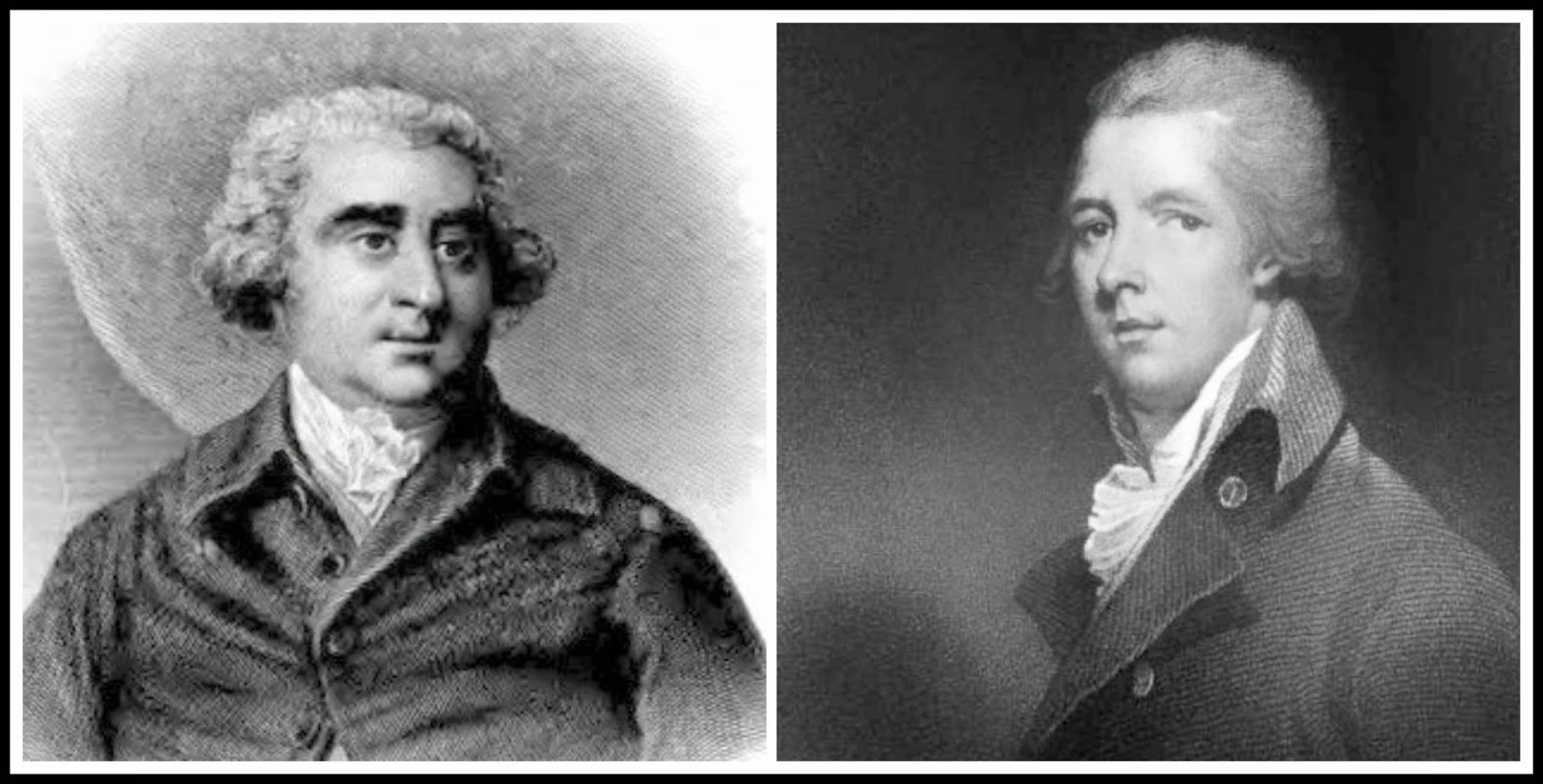 |
| The House of Commons from The Microcosm of London (1808-10) |
Georgian politics
With the UK’s General Election on 7 May fast approaching, politics is an inescapable topic of conversation. I have found it equally impossible to research the leading figures of late Georgian society without coming up against the dreaded subject.
During the Georgian period, there were two main political parties: the Whigs and the Tories. Georgiana Cavendish, Duchess of Devonshire, her sister Lady Bessborough, actress Mary Robinson, Lady Melbourne and the sculptor Anne Seymour Damer were all ardent supporters of the Whigs. On the other side, the Duchess of Gordon was a leading political hostess for the Tories.
What is a Whig?
The fundamental belief of the Whigs was that political power belonged to the people and that the monarch was only in power because of an unwritten contract with the people: if the monarch abused that authority, then the people were empowered to remove them. They believed that Dissenters should be tolerated and were in favour of economic and political reform.
The Whigs supported the Glorious Revolution of 1688, establishing the Protestant William III and Mary on the throne in place of the Catholic James II. The Whigs were typically the landed aristocracy and the wealthy middle class who used their patronage to secure positions of power for their representatives. They used their influence to ensure the establishment of the Hanoverian succession in 1714.
Tory support for the Catholic James II and his descendants led to them being branded as Jacobites and they were kept out of government until 1762.
Fox and Pitt
During the early part of George III’s reign, it would appear that the two parties were ill-defined and the government was formed more from the King’s friends than from any particular political persuasion.
In the following decades, the two parties became more established. William Pitt the Younger became Prime Minister for the Tories in 1783 and Charles James Fox led the Opposition. Fox’s new Whig party represented religious dissenters, industrialists and those in favour of reform.
 | |
| Left: Charles James Fox from The Historical and Posthumous Memoirs of Sir Nathaniel Wraxall (1884) Right: William Pitt the Younger from Memoirs of George IV by R Huish (1830) |
The Regency crisis
In late 1788, George III suffered from his first serious bout of mental instability. It seemed likely that the Prince would be made Regent to rule in his father’s stead and form a government from his Whig friends including Fox, Charles Grey and Richard Brinsley Sheridan. However, in February 1789, the King recovered and Pitt’s Tory government continued.
 |
| George IV by Sir Thomas Lawrence © National Portrait Gallery Photo © Andrew Knowles |
The end of the Whigs
Ironically, both Pitt and his rival Fox died in 1806, depriving the Whigs and the Tories of their strongest leaders in the same year.
By the time that the Prince of Wales finally became Regent in 1811, he had abandoned his Whig friends—all his Prime Ministers were Tories.
By the middle of the 19th century, the two parties were changing. The last Whig Prime Minister resigned in 1866 and the Whigs were absorbed into the new Liberal party; the Tories were renamed, formally at least, as the Conservatives.
If you have enjoyed this blog and want to encourage me and help me to keep making my research freely available, please buy me a virtual cup of coffee by clicking the button below.
(1) The sources of the pictures in the collage:
Duchess of Richmond - from La Belle Assemblée (1808)
Duchess of Devonshire - after Thomas Gainsborough c1785-7 from The Two Duchesses, Family Correspondence (1898)
Countess of Bessborough - from La Belle Assemblée (1810)
Viscountess Melbourne - from In Whig Society, correspondence, ed by Mabell, Countess of Airlie (1921)
Mary Robinson - from The Poetical Works of the late Mrs Mary Robinson (1806)
Anne Seymour Damer - from La Belle Assemblée (1810)
Sources
A Dictionary of British History (OxfordReference.com) OUP 2013
Ackermann, Rudolph, and Pyne, William Henry, The Microcosm of London or London in miniature Volume 1 (Rudolph Ackermann 1808-1810, reprinted 1904)
Mitchell, LG, Fox, Charles James (1749-1806), Oxford Dictionary of National Biography (Oxford University Press, 2004; online edn Oct 2007, accessed 2 July 2013)
UK Parliament website




I wouldn't mind the Whigs back; they might be better for the country than any of the complacent self-centred self-serving #&£***@&$@s we have at the moment in any party. Toleration and a mandate from the masses, a bit radical, wot!
ReplyDeleteMaybe we need a new Whig party - but perhaps not with such a dissolute character as Fox in charge...
Delete